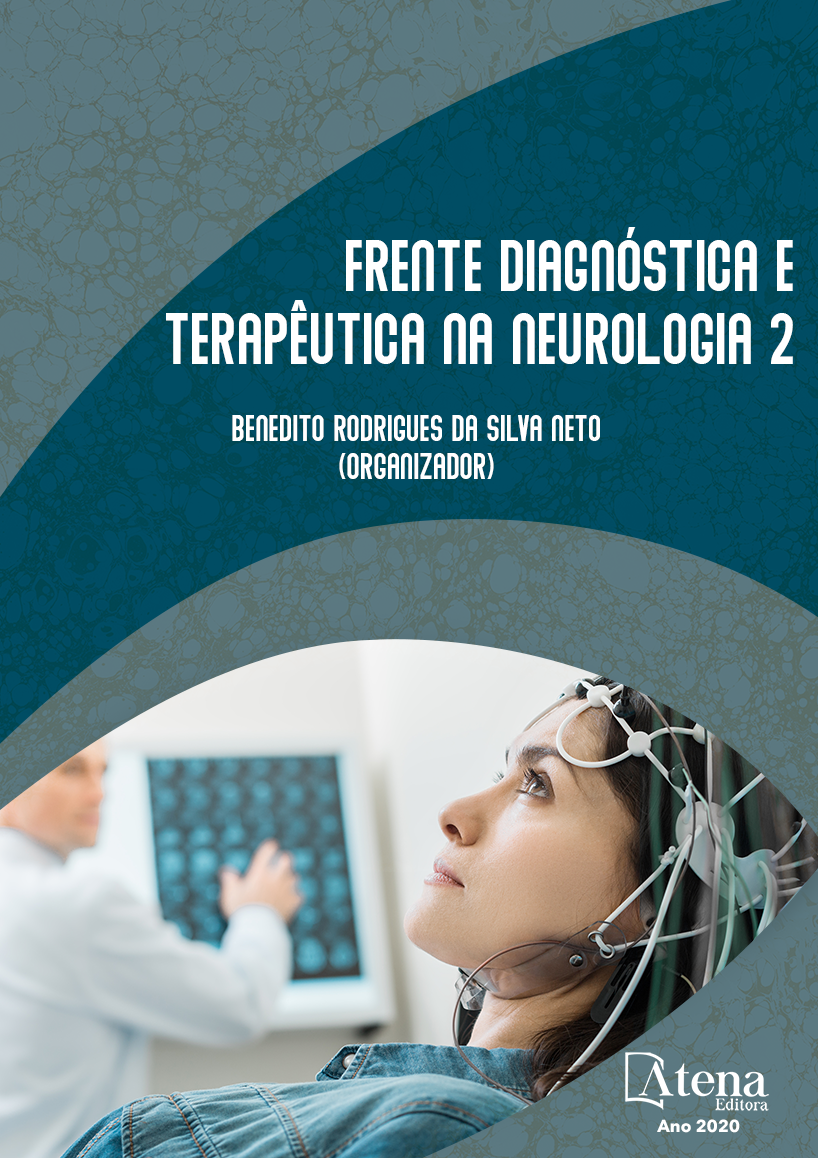
A DOENÇA DE ALZHEIMER NO CENÁRIO HOSPITALAR DO BRASIL DE 2013 A 2017: ASPECTOS EPIDEMIOLÓGICOS
O Alzheimer é a doença demencial, neurodegenerativa, mais prevalente no mundo. Constitui a principal causa de mortalidade, institucionalização e prejuízo funcional da população idosa. Possui caráter multifatorial estando associada a idade, sexo, baixa escolaridade e a presença de outras comorbidades. Este estudo visa analisar a morbimortalidade e a incidência da doença de Alzheimer nas cinco regiões brasileiras. Trata-se de um estudo epidemiológico descritivo do tipo transversal sobre a Doença de Alzheimer (DA) nas cinco regiões brasileiras, a partir do Sistema de Informação Hospitalar do SUS (SIH/DATASUS) de 2013 a 2017. As variáveis foram Autorização de Internação Hospitalar (AIH) aprovada, média de permanência hospitalar, valores totais gastos, taxa de mortalidade, faixa etária, raça/cor e sexo. Constatou-se um total 9.081 AIHs aprovadas nacionalmente, cabendo ao Sudeste mais de 67% desse valor; e, no outro extremo, o Norte com 2,1%. Esta região é, dessa maneira, a que possui menor média de taxa de mortalidade. Sendo as regiões com menos AIHs, o Centro-Oeste e o Norte apresentam os valores totais de gastos mais baixos no cenário brasileiro, assim como possuem as menores médias de permanência hospitalar - 9 e 8, nesta ordem -, estando sempre abaixo da média nacional. Em relação às características demográficas, 36,60% das internações foram de pacientes do sexo masculino, enquanto 63,40% do feminino. Verificou-se que a doença de Alzheimer atingiu os mais idosos, destacando-se que 55% dos pacientes apresentaram 80 anos ou mais. Quanto à cor/raça, revela-se que 52,4% correspondeu a brancos, mas também o pouco preenchimento dessa informação ao se analisar os 2284 casos sem informação. Percebe-se a importância dos gestores públicos quanto à destinação de verbas para prevenção e tratamento dessa doença, haja vista que os resultados mostram tamanha necessidade de otimização de políticas públicas.
A DOENÇA DE ALZHEIMER NO CENÁRIO HOSPITALAR DO BRASIL DE 2013 A 2017: ASPECTOS EPIDEMIOLÓGICOS
-
DOI: 10.22533/at.ed.5612028011
-
Palavras-chave: Epidemiologia. Morbimortalidade. Alzheimer. Doença Neurodegenerativa.
-
Keywords: Epidemiology. Morbidity and mortality. Alzheimer's disease. Neurodegenerative disease
-
Abstract:
The Alzheimer's disease is a neurodegenerative disease, dementia, more prevalent in the world. Is the main cause of mortality, institutionalisation and functional impairment in the elderly population. Has a multifactorial character being associated to age, gender, low schooling and the presence of other comorbidities. This study aims to analyze the morbidity and mortality and the incidence of Alzheimer's disease in five Brazilian regions. It is a descriptive epidemiological study of transversal type on Alzheimer's disease (AD) in five Brazilian regions, from the Hospital Information System of SUS (SIH/DATASUS) from 2013 to 2017. The variables were Hospital Admission Authorization (AIH) approved, mean hospital, totals expenses, mortality rate, age, race/ethnicity and gender. We found a total 9,081 AIHs nationally, and it shall be incumbent upon the Southeast more than 67% of that value; and, at the other extreme, the North with 2.1%. This region is, in this way, which has lower mean mortality rate. Being the regions with less AIHs, the Midwest and the North are the total values of lower spending in the Brazilian scenario, as well as have the lowest averages of Hospital - 9 and 8, in this order, being always below the national average. In relation to the demographic characteristics, 36.60% of admissions were of male patients, while 63.40% of females. It was found that the Alzheimer disease has reached the elderly, highlighting that 55% of the patients had 80 years or more. As to the color/race, reveals that 52.4% corresponded to white, but also the little filling this information to analyze the 2284 cases without information. Realizes the importance of public managers regarding the allocation of funds for the prevention and treatment of this disease, considering that the results show such need of optimization of public policies.
-
Número de páginas: 10
- José Victor de Mendonça Silva
- Mayara Leite Alves da Silva
- Georgianna Silva Wanderley
- Geordanna Silva Wanderley
- Nycolas Emanuel Tavares de Lira
- Jamylly Ferreira Targino Silva
- Alexandre Otilio Pinto Júnior
- Quitéria Maria Wanderley Rocha
- Maykon Wanderley Leite Alves da Silva


